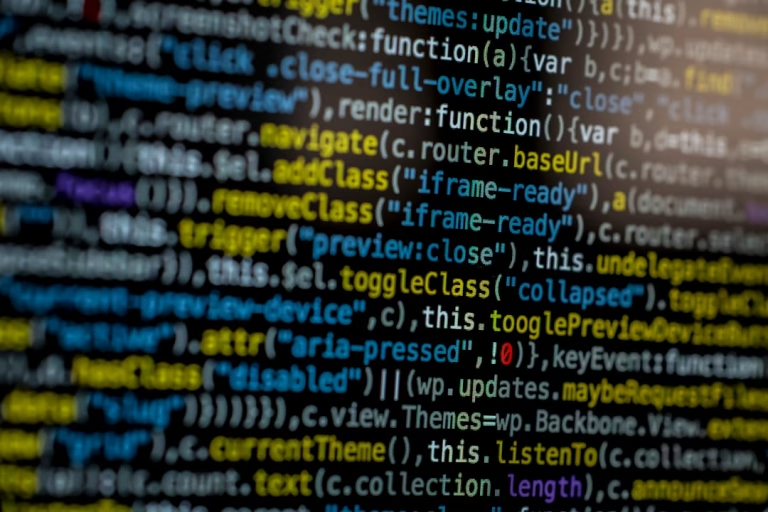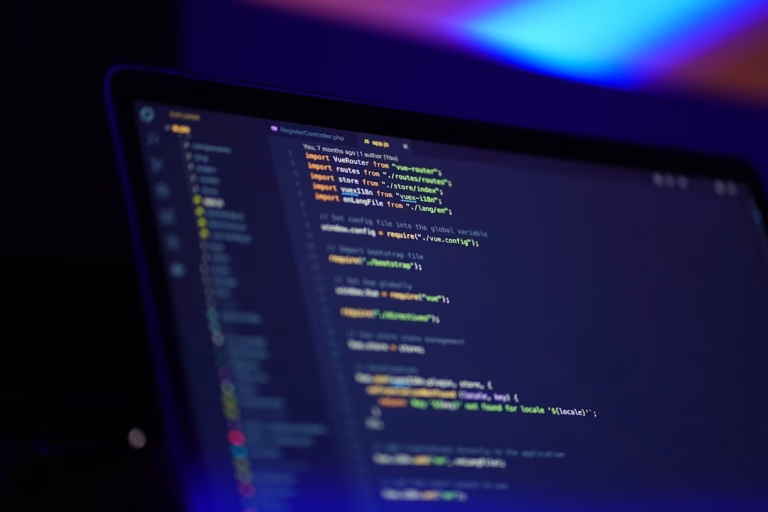Role of Cybersecurity Tools in Software Development
The Essential Role of Cybersecurity Tools in Software Development
Hey there, fellow tech enthusiasts! Just the other day, while I was sipping my morning coffee and subconsciously scheming to win the lottery (we’ve all been there, right?), I began mulling over software development. Particularly, the crucial role that cybersecurity tools play in the process. I know, ‘cybersecurity’ and ‘morning coffee thoughts’ might not go hand in hand for everyone, but, hey, we’re all a little geeky here. So let’s dive in, shall we?
Why Cybersecurity Tools are More Than Optional
When it comes to software development, sometimes we tend to overlook the importance of cybersecurity tools. They’re not the shiny new features users see, but they’re doing the critical, behind-the-scenes work of keeping our software secure. It’s like the hardworking bees that make the sweet honey we enjoy – without them, there’s no honey.
A 2020 report by Risk Based Security disclosed that data breaches exposed an astonishing 36 billion records in just the first half of the year [source](https://www.riskbasedsecurity.com/2020/08/24/2020-q2-data-breach-quickview-report/). Yikes! That’s enough evidence to affirm that incorporating cybersecurity measures into our software development process is mission-critical, not optional.
The Golden Trio: Confidentiality, Integrity, and Availability (CIA)
Ah, the CIA! No, not that CIA. In the cybersecurity world, CIA stands for Confidentiality, Integrity, and Availability – the three pillars that hold up the house of security in software development. Implementing cybersecurity tools means watching over these three aspects with a hawk’s eye.
- Confidentiality: We’re talking about keeping sensitive information under wraps from unauthorized access. You won’t want your mom to discover your secret brownie recipe, right? It’s the same with data.
- Integrity: This is about ensuring data remains accurate, consistent, and trustworthy during its lifespan. Imagine if someone randomly decided to add broccoli to your brownie recipe – disaster!
- Availability: This ensures that information and services are available when needed. Think: Craving brownies at 3 AM and realizing you have all the ingredients. Bliss!
Types of Cybersecurity Tools Worth Knowing
Now, onto the real life superheroes of cybersecurity: the tools. Here are some major ones that are widely used in the software development community. (And don’t worry, I won’t go too deep into tech jargon. I still remember the blank stares my family gave me at Thanksgiving dinner!)
- Security Testing Tools: Tools like ZAP and Nessus help us to identify vulnerabilities. Think of them as your gym trainer, pointing out where you need to improve.
- Antivirus Software: It’s like the ever-vigilant guard dog, regularly scanning for malware and other harmful entities.
- Firewalls: Just as a real wall keeps unwanted visitors out, a firewall monitors and controls data traffic between trusted networks and untrusted sources.
There’s an abundance of cybersecurity tools out there – each with its fair share of pros and cons. It’s up to us to choose the right toolset, customize it to our requirements, and never fail to stay updated.
The Bottom Line
Looking from a security point of view, software development is akin to building a well-fortified castle. A strong foundation (secure coding), a moat that guards (firewalls), observation towers that keep an eye out (security testing), and trusty knights (antivirus software) are what keep the kingdom secure.
And at the end of the day, isn’t that what we all want – a kingdom, I mean, an application that’s secure from breaches and malicious invaders? So, let’s embrace these unsung heroes and craft safer virtual spaces!
That’s it from me today, folks. Tune in next time for more musings on the exciting world of tech.






